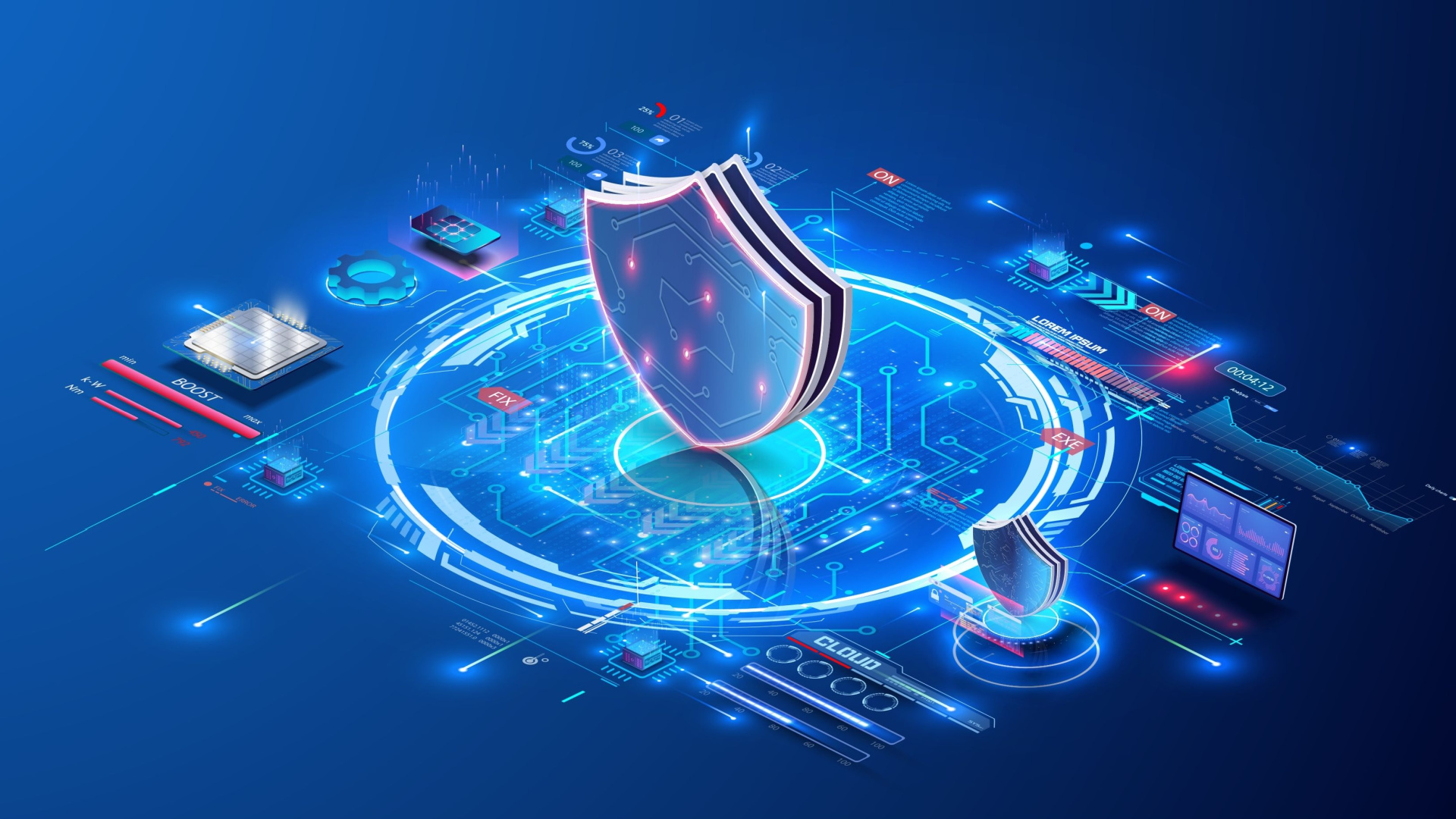
The digital and physical worlds are increasingly intertwined, amplifying both the complexity and stakes for cybersecurity and risk management leaders. On top of that geopolitical tensions are escalating and regulatory requirements are evolving, which means SRM leaders need to move their organization beyond reactive security models.
Today, SRM leaders are integrating geopolitical awareness, cyber deterrence, and AI-driven security into their cybersecurity strategies, so they can swiftly counter threats and ensure operational continuity and resilience, protecting not just systems, but the trust and stability that fuel organizational success.
The growing influence of geopolitics on cybersecurity
Geopolitical instability is no longer a backdrop – it’s a direct driver of security decision-making. Gartner predicts that by 2029, geopolitics will be a significant consideration in security programs managed by global organizations. Three key forces drive this shift: regulatory fragmentation, increased cyber risks from third parties, and the growing importance of cyber resilience.
Governments worldwide are enforcing stricter data sovereignty laws, compelling businesses to reassess cloud computing strategies and third-party relationships. Regulatory frameworks such as the EU’s Cyber Resilience Act and the US Cyber Incident Reporting for Critical Infrastructure Act illustrate how businesses need to now navigate increasingly stringent compliance mandates. Failure to comply can result in penalties, disruptions, and weakened market positioning.
Cyber deterrence: a proactive paradigm
Traditional cybersecurity strategies focus on detection and response, but this reactive model has limitations. Cyber deterrence is an underutilized strategy with transformative potential for mitigating cyber risk before attacks occur. Unlike conventional security measures, deterrence discourages attacks by increasing the perceived costs for adversaries, aligning with their motivations for profit and anonymity.
Deterrence measures include automated domain takedowns, bug bounty programs, and deception technologies such as honeypots. These tactics disrupt adversaries’ ability to conduct reconnaissance, execute attacks, or operate within compromised environments. By 2027, over 75% of large enterprises deploying deterrence tactics will expand these measures, creating new benchmarks for operational resilience.
Despite its potential, cyber deterrence remains underdeveloped in most organizations. Many businesses mistakenly conflate deterrence with active countermeasures, such as “hack back” strategies. However, effective deterrence does not require retaliation—it focuses on shaping adversary behavior by exploiting their motivations, including financial incentives, anonymity concerns, and operational costs.
The third-party cyber risk conundrum
One of the most overlooked risks in cybersecurity is the growing reliance on third-party vendors. Every supplier, cloud computing provider, and outsourced service introduces potential vulnerabilities, and many businesses lack full visibility into their extended attack surface. Traditional third-party cyber risk management (TPCRM) approaches – lengthy security questionnaires and periodic audits – are proving insufficient in today’s fast-moving threat landscape.
Organizations need new ways to assess and monitor third-party risk in real time. Tools like generative AI (GenAI) are beginning to play a role in automating risk assessments, identifying anomalies, and flagging potential vulnerabilities before they can be exploited. But adoption remains slow, and many security teams are still struggling to allocate the resources needed to manage third-party threats effectively.
Building a resilient cybersecurity framework
The ability to anticipate, withstand, and recover from cyber disruptions determines whether an organization can maintain operations in an increasingly volatile world.
Building resilience requires SRM leaders a shift in mindset to include:
- Assess Geopolitical Risks: Analyze how global and regional dynamics impact both business operations and security programs and integrate into current planning.
- Adopt Cyber Deterrence Tactics: Leverage tools like automated deception and domain takedowns to proactively counter threats, dissuade attackers and limit their ability to operate.
- Strengthen Third-Party Risk Management: Focus on business continuity and compensating controls to mitigate vulnerabilities in extended ecosystems.
- Implement GenAI for Cybersecurity: Invest in AI capabilities to address resource constraints and enhance efficiency and precision in threat detection and response.
- Promote Crypto-Agility: Prepare for evolving cryptographic standards to ensure long-term data security in the face of advancing threats.
The path forward
The convergence of geopolitical risk, third-party vulnerabilities, and technological disruption presents a complex challenge—but also an opportunity. As cybersecurity evolves, SRM leaders that prioritize resilience, deterrence, and collaboration in their organization will be better positioned to navigate this dynamic landscape.
We rate the best endpoint protection software.
This article was produced as part of TechRadarPro's Expert Insights channel where we feature the best and brightest minds in the technology industry today. The views expressed here are those of the author and are not necessarily those of TechRadarPro or Future plc. If you are interested in contributing find out more here: https://www.techradar.com/news/submit-your-story-to-techradar-pro







